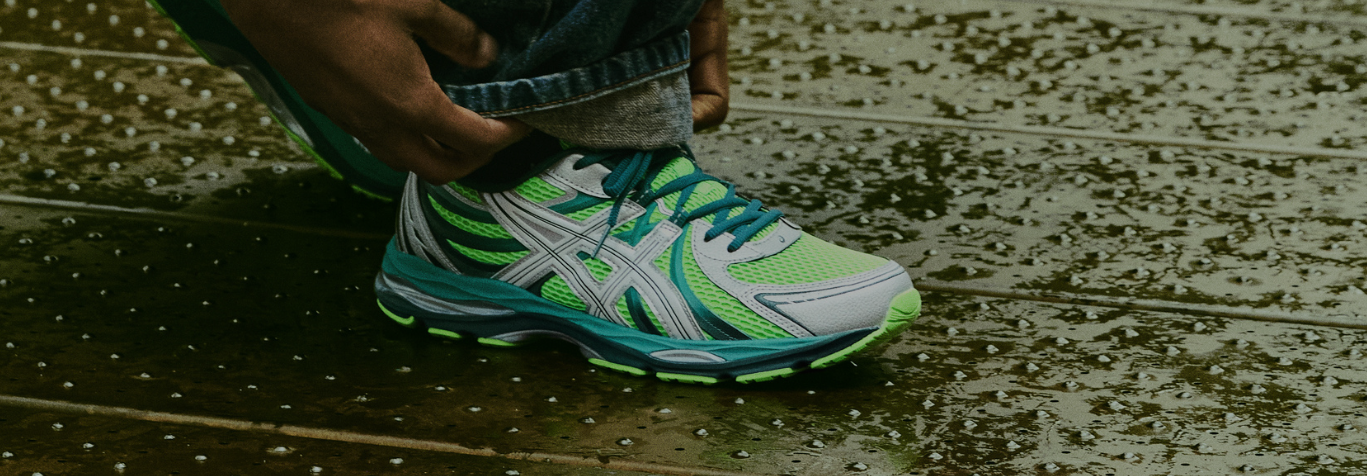Hit the ground running. That’s exactly what Nike did when they introduced Nike Air to their running line. Nike and Tetra Plastics became a match made in Swoosh heaven.
As we continue to dive into Air Max Month, we wanted to drop some gems about Nike Air so sit back and get ready to take some notes because class is in session.
– Tetra Plastics became a part of the Nike Air effort in the 1970s. Their innovating blow molding and visi tubing technique helped create a plastic-forming process that produces hollow parts within the Air unit to provide design flexibility and a flat tubing that helped create taller, cleaner, and more durable Air soles. In 1991, Nike finally completed the purchase of Tetra Plastics. Fast forward to 2017 and it is renamed to the Air Manufacturing Innovation HQ.
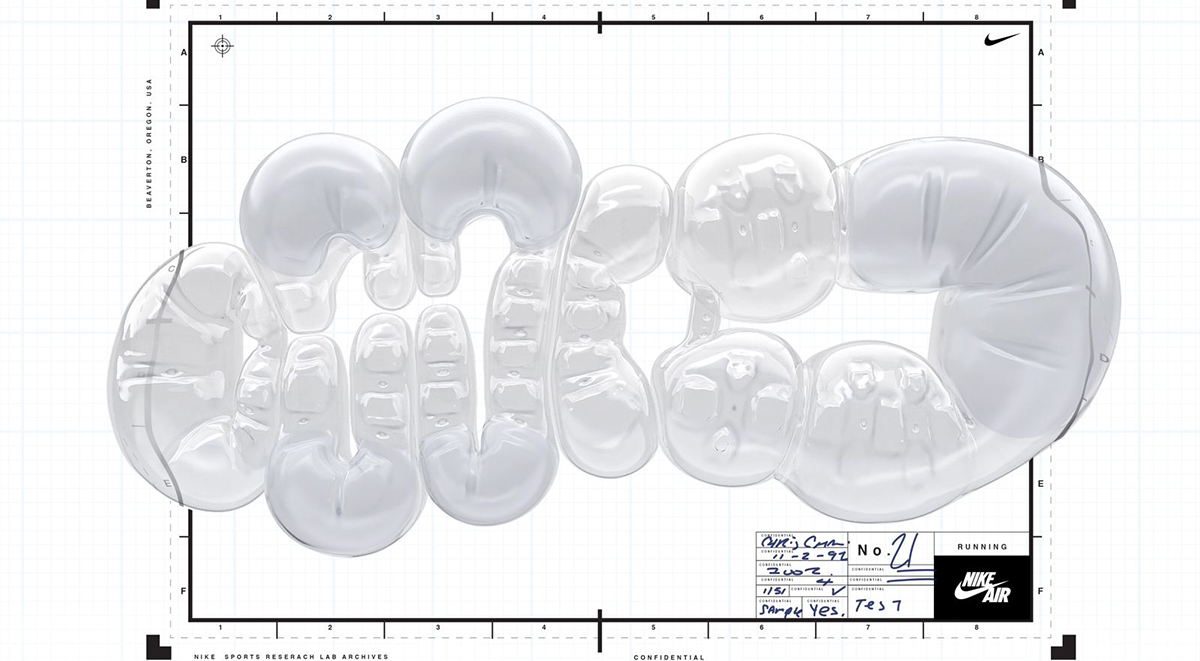
– Nike Air technology was created by Marion Frank Rudy, former NASA aerospace engineer.

– Nike Air units aren’t filled with oxygen. Originally, Nike Air was composed of two gasses to keep the units inflated: hexafluoroethane (Freon 116) and sulfur hexafluoride (SF6). Both are large-molecule gasses that are stable and nonflammable, making them well suited for the job at hand. In 1989, Nike went all in on SF6 and used it exclusively. Later, in 1997, at the peak of Nike’s SF6 usage, the Swoosh learned of a serious problem…SF6 was a greenhouse gas and hung around in the atmosphere for long periods of time. Surprisingly, there were no regulations or initiatives forcing companies to reduce greenhouse gasses back then. Once Nike knew it was contributing to glowarmingning, it resolved to change. Starting in 2006, Nike Air units were mainly composed of nitrogen.
– This is how Nike Air is created:
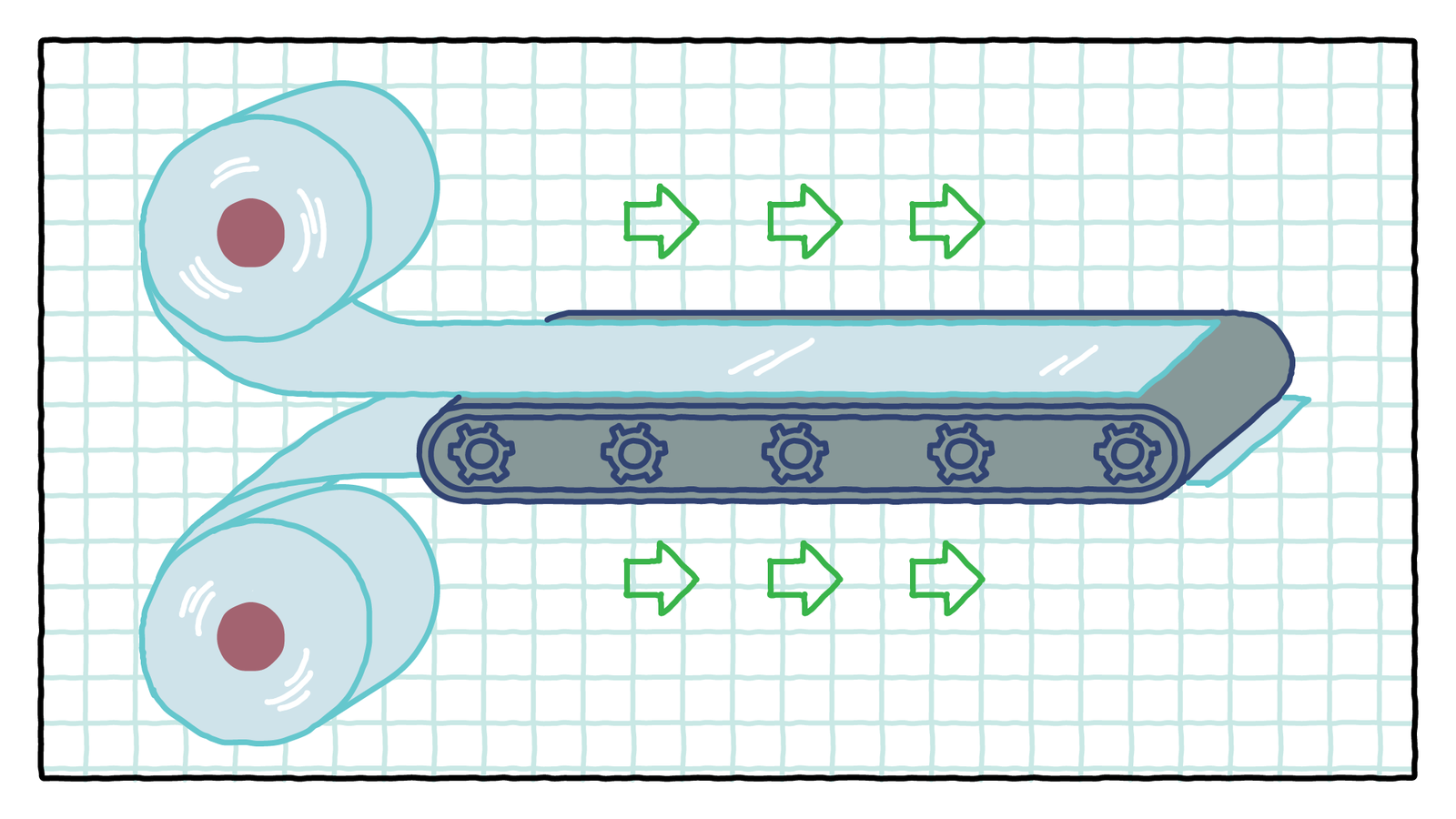
Nike’s Air manufacturing process begins by feeding two sheets into a thermoforming machine to create thermoplastic polyurethane film (TPU).
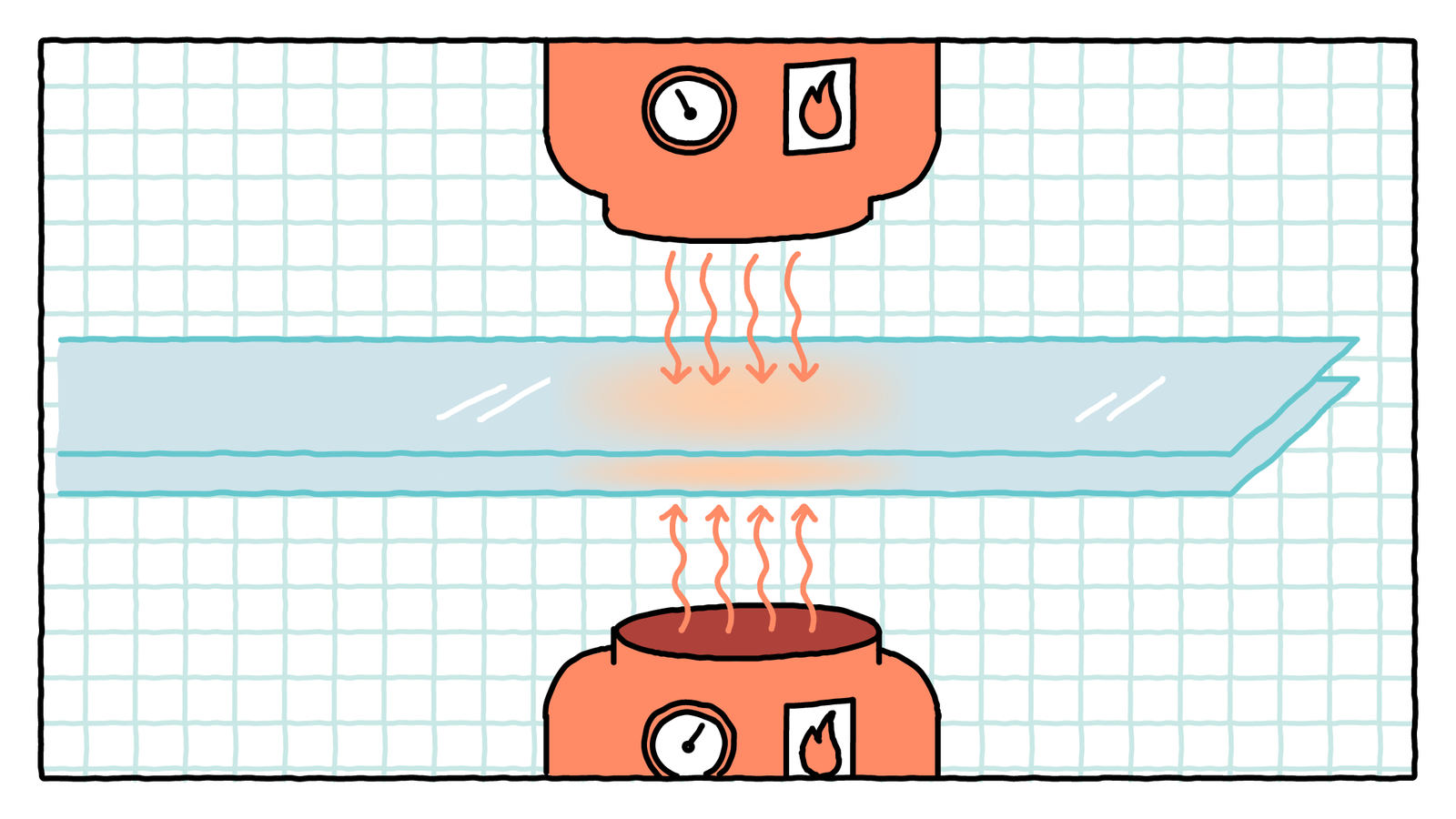
Next, a series of sheets pass through heaters.
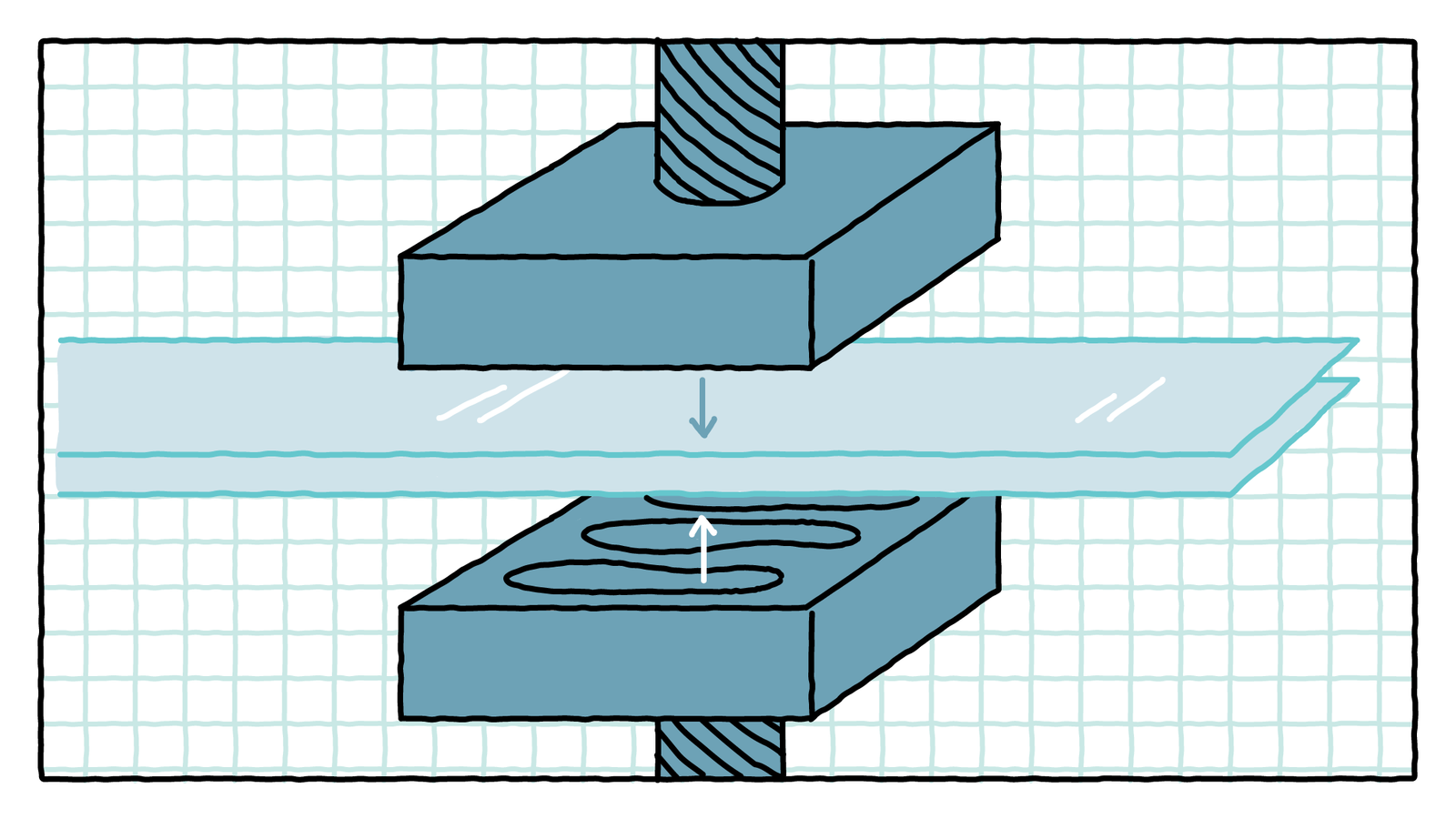
When the sheets reach the proper temp, molds clamp them together.
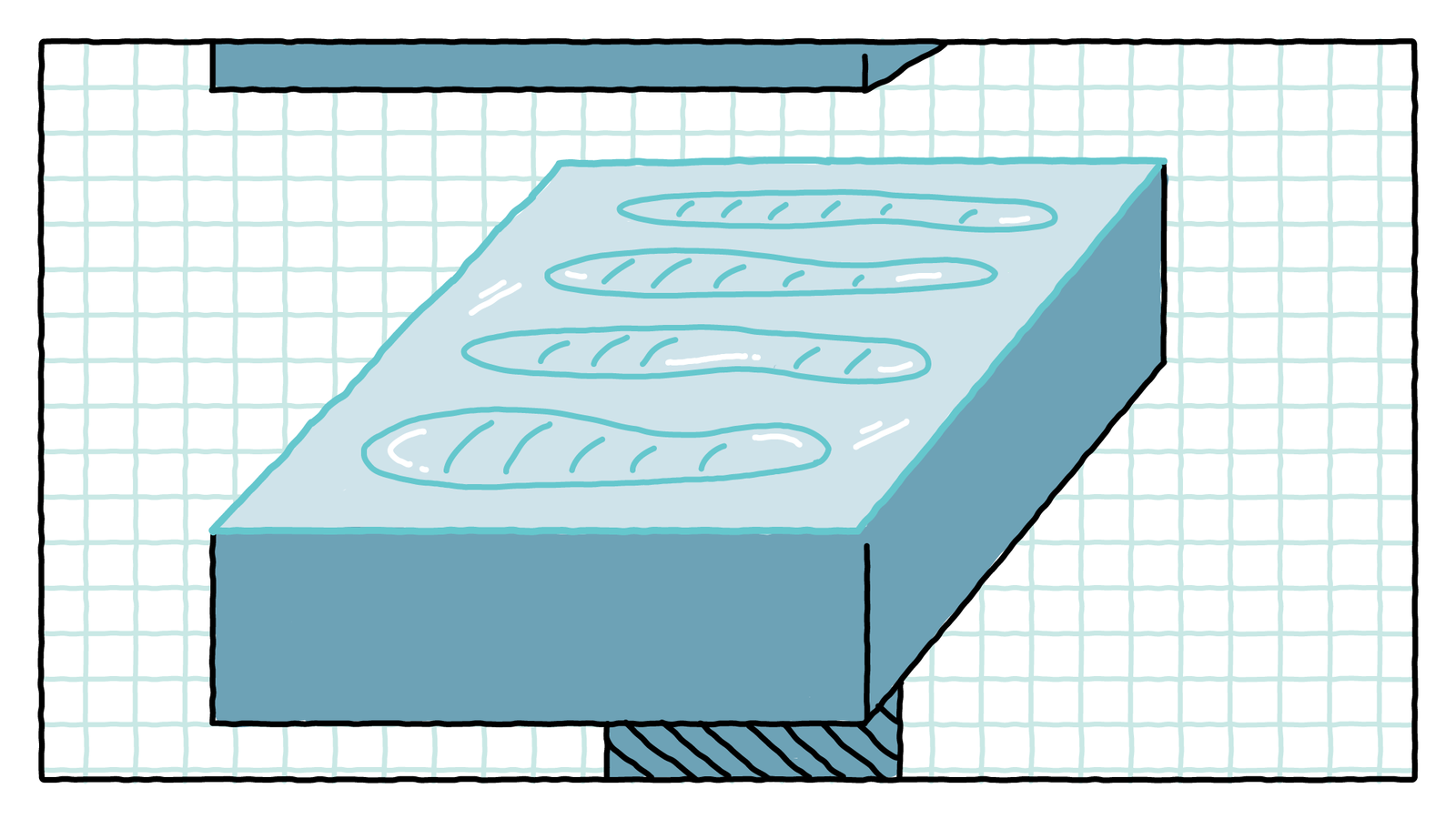
The molds create the shape of the Air soles.

The molds are then trimmed.

Then the molds are inflated with nitrogen gas.
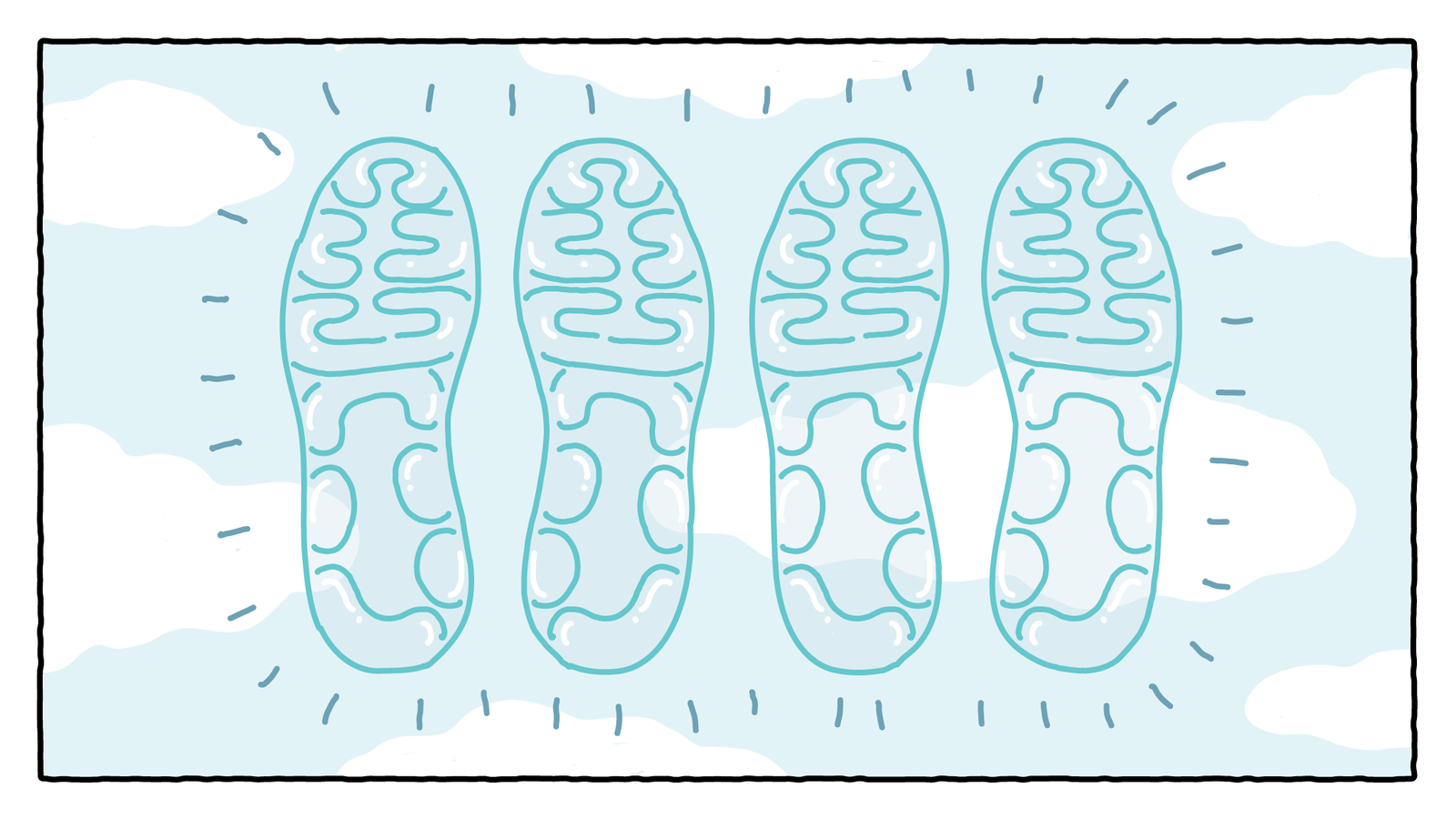
Once inflated, the Air bags are ready for visual inspection.

The bags are prepared for shipment to Nike’s footwear factories.
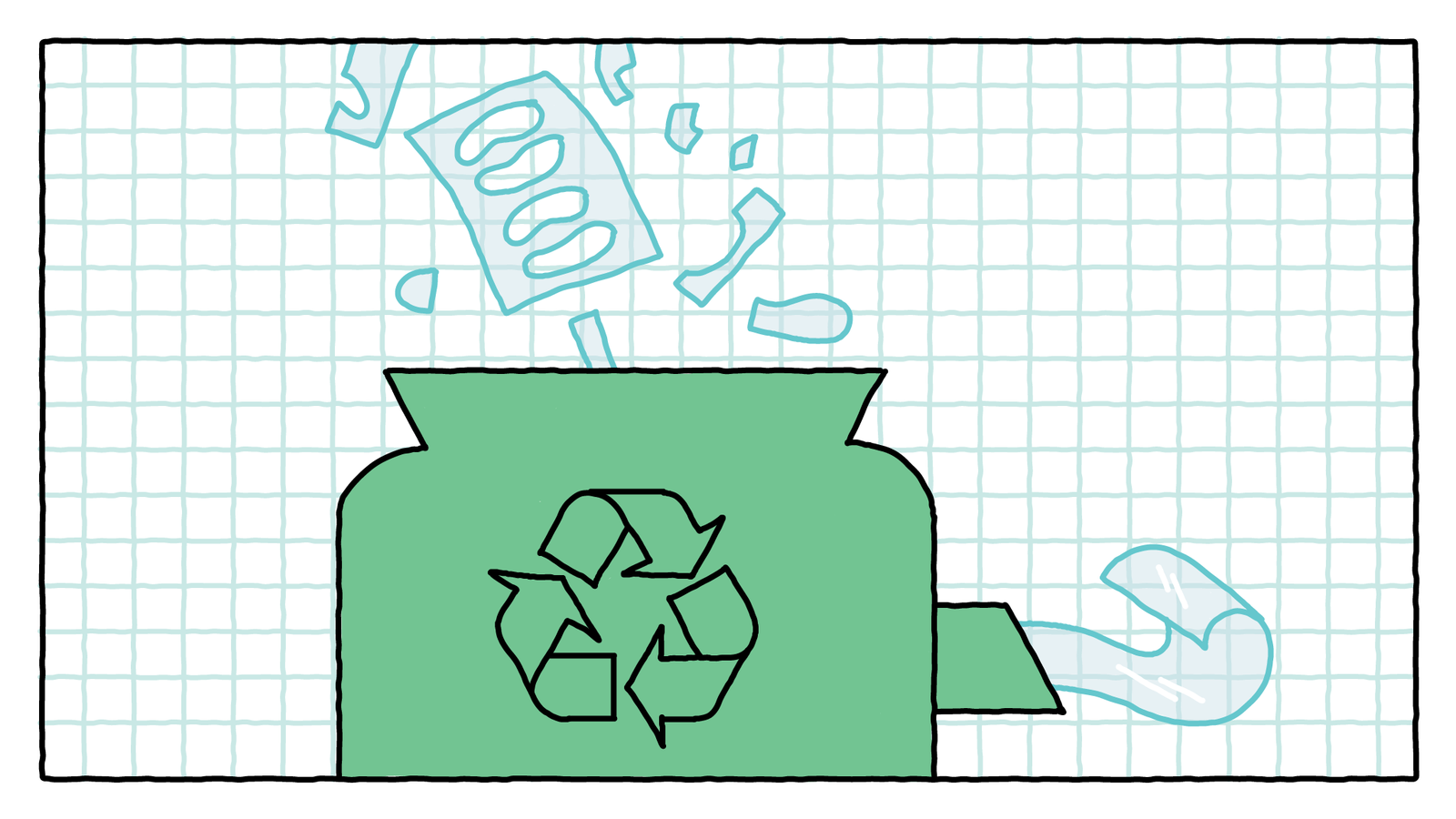
It’s not over yet though. Nike salvages more than 90% of excess scrap material which is reground and turned into new film to start the Air-creation process again.
The more you know. Keep the Air Max Month festivities going and keep it locked on JDSports.com and @jdsportsus for more.



